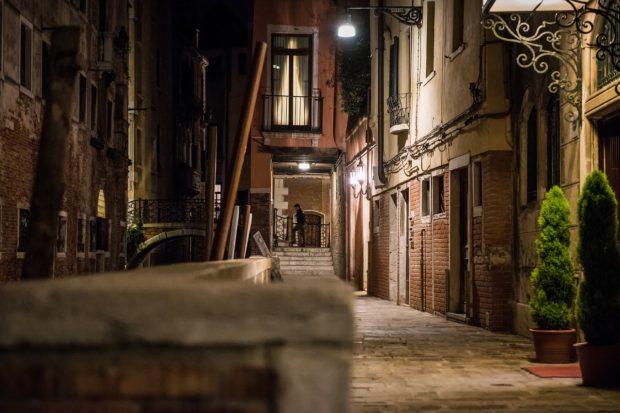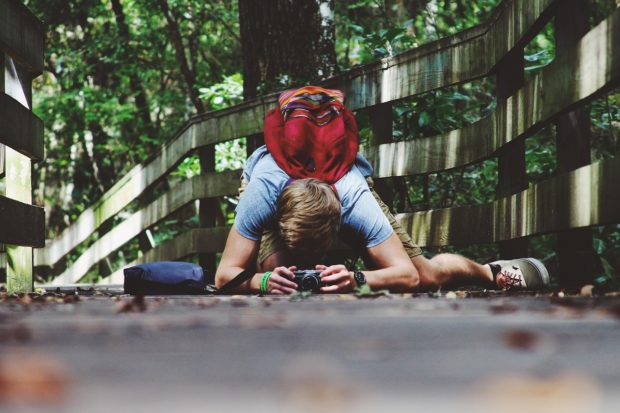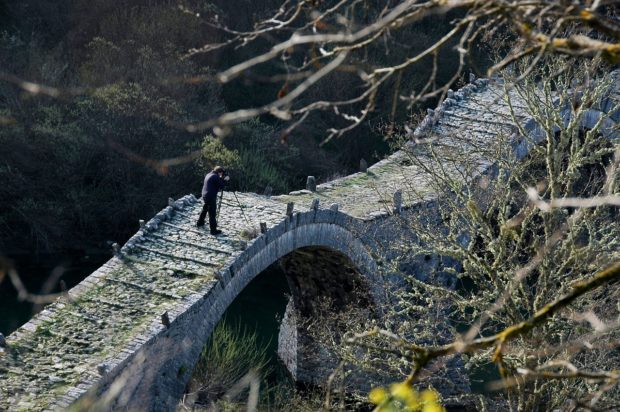It may come as a surprise to many people that travel photography can become a profitable side income much like anything else.
Something to keep in mind is that even though stock photo holidays may look like the ultimate holiday, they’re often quite stressful. Yes, they do provide an income and also the opportunity to see some of the most cherished attractions in the world at the same time, but they also require extremely detailed planning.
If you don’t have a complete step-by-step guide to follow during your photography holiday, you may return home with nothing to sell.

Let’s take a look below at some of our best tips for planning an overseas stock holiday.
Research Like Crazy
Before you head off on your photography-focused adventure you need to identify exactly which locations you will visit as well as what the top photo trends currently are on social media or business photography platforms. This is because these are the platforms where you’re most likely to sell your photographs.

We suggest digging through Instagram for some brief insight and then heading over to websites like Shutterstock, Unsplash, and iStock for some inspiration. You’ll need to know which attractions and scenes are getting the most interest from potential photo buyers so you can replicate or improve upon them.

Most important of all, have the purpose of each image in mind. That is, get into the headspace of the potential business who will want to license your image. This forward planning will reduce the amount of time you waste on-site producing images that are not fit for purpose.
Plan to Photograph as Many Sites as Possible
If you’re going on a photography holiday on your own accord and haven’t been provided with a brief or an assignment, you need to get in as much as you can. That means having a plan in place that enables you to shoot as many attractions, scenes and sites as you can at all different times of the day.
Make it a priority to take photographs of multiple sites from different viewpoints too as you’ll want to have as much content to sell as possible when it comes time to edit and list the media on a marketplace. In urban environments, avoid logos, brands and designs in your compositions as those will prohibit commercial use (and thus make them useless for stock photography).
A big tip here is to draft up a shot list that covers the sites you’ll be visiting, along with the times of the day you’ll need shots and lastly, the different perspectives you’ll need.
Choose a Central Base Location
As with any holiday, your base location can make or break the stay. If you’re too far from locations or a public transport connection then you’re almost certainly going to be trapped with no way to get around, which will greatly stifle your ability to photograph as much as you can.
The best course of action to take during your planning for the holiday is to get on Google Maps and find all of the locations you need to shoot – then find a hotel that’s central to all of these places. This way you’ll be either walking distance or only a few public transport stops from each location.
Apply for Releases (or Permit) Early
In most cases you won’t need to apply for photo releases, however, it’s best to research locations beforehand and have signed releases or approved forms so that you’re able to head into attractions or national parks with no slow down. You want to make the most of your time on a stock photo holiday and preventing any site cancellations is an essential part of that.
If your stock photography travel includes Paris, did you know that photos of the Eiffel Tower at night are illegal? According to the official site Sociéte d’Exploitation de la tour Eiffel, “the image of the Eiffel Tower by day falls within the public domain.”
However, it continues, “the various illuminations of the Eiffel Tower (golden illumination, twinkling, beacon and events lighting) are protected. The use of the image of the Eiffel Tower at night is therefore subject to prior authorization by the SETE.”
Be Prepared Shoot ‘Randomness’ Too
When it comes to shooting stock photography, you really need to capture everything you can think of. You’ll hear stories of photographers flying halfway across the world to shoot a famous monument or mountain range, only to have their most popular photo of the trip be a generic photo of some cans or wooden planks.
That said, always remember to take as many photos of everything you can. You’ll never know what might become your most profitable photo. Sometimes it’s the image you worked the least to get.
High Quality Must Remain Top Priority
Finally, just because you’re focused on getting as many shots as possible doesn’t mean you should neglect quality. Make sure that every photo you take is framed correctly, in the best lighting conditions and from the most optimal viewpoint. Avoid motion blurring unless it is for artistic reasons. For example, long exposures with motion blur are appropriate as long as the camera is stabilised on a tripod.
In line with this, quality equipment should be packed prior to leaving on the trip. Keeping luggage weight to a minimum is the bane of every traveller, especially when some tripods can weigh up to three to four kilograms. You may wish to pair a travel tripod with a mirrorless camera (that records images in raw format) to keep luggage weight to a minimum.
The ultimate goal of an overseas stock photography holiday is to produce as many sellable photos as possible and low-quality pictures are a no-go.
